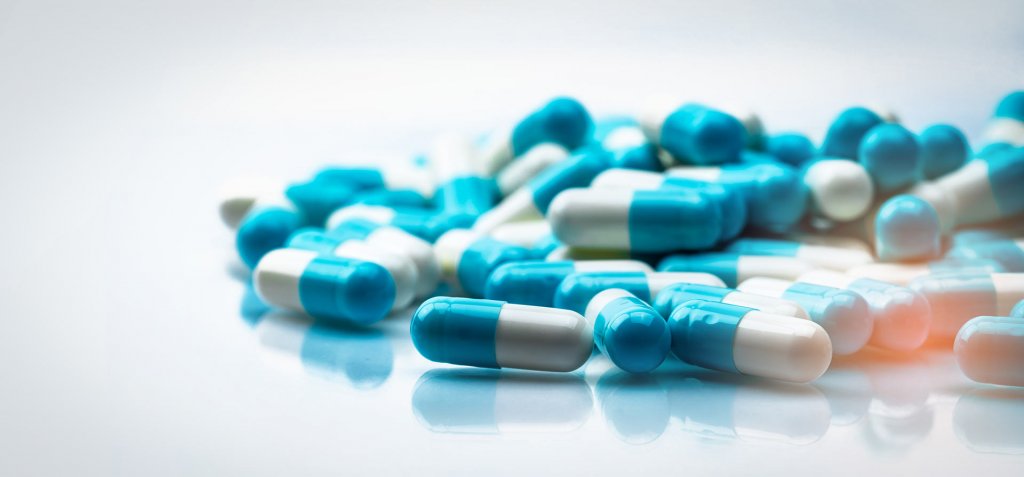Copyright ©2021 VINAMR All Rights Reserved
21 Aug 2020
The drug supply network in Vietnam includes 1,910 domestic pharmaceutical companies and 30 foreign-invested enterprises. For the first time, a pharmaceutical import license was awarded to a multinational corporation.

The pressure increased
Sanofi-Aventis Vietnam Limited (Sanofi Vietnam) has just become the first multinational pharmaceutical corporation in Vietnam eligible for drug import. “In recent years, Sanofi has improved and restructured in all stages of transportation – storage – quality management – business to be ready for new changes, including becoming an importer. direct export ”, Mr. Haissam Chraiteh, General Director of Sanofi Indochina, introduced.
Sanofi currently has about 4% market share in Vietnam, 3 factories, providing 80% of product output for Sanofi’s business in Vietnam. The fact that this company has the right to import pharmaceuticals shows the openness of the market in the health sector, especially when the free trade agreements that Vietnam is a signatory to come into practice, most recently. Vietnam – EU Free Trade Agreement (EVFTA).
On the other hand, when EVFTA comes into effect, and the business expansion for multinational pharmaceutical corporations, the reduction of import tariffs on pharmaceuticals from the EU will increase competitive pressure on domestic pharmaceutical manufacturer. For example, right after the decision to import, Sanofi imported a batch of meningococcal vaccine to Vietnam.
According to statistics from BMI Market Research Company, the size of Vietnam’s pharmaceutical market in 2017 is about 4.7 billion USD. By 2021, the market size is forecast to increase to 7.7 billion USD. Foreign investors consider Vietnam an attractive market for the pharmaceutical industry, with spending on pharmaceuticals increasing from 38 USD / person in 2015 to 56 USD / person in 2017. Health spending in Vietnam Male is equivalent to 7% of GDP, of which 60% is spent on pharmaceuticals.
According to IMS Health, Vietnam is classified in the group of Pharmerging Markets – group of 17 countries with the highest pharmaceutical growth rate in the world.
Foreign pharmaceutical crossroads
By the end of 2018, Vietnam’s pharmaceutical import spending reached $ 2,791 billion, slightly down from 2017’s 2,819 import spending. For the whole quarter I / 2019, foreign currency spending on pharmaceutical imports amounted to nearly $ 600 million. . In which, in the first half of March alone, the country spent 125.3 million USD on importing pharmaceutical products. Spending on medicines per capita in Vietnam is forecasted to increase to 85 USD in 2020 and 163 USD in 2025 and this is the basis for forecasting that the rate of foreign currency spending on pharmaceutical import has increased strongly in the years. next.
The inability to invent new drugs by themselves and only a few enterprises with technology access to high EU – GMP or PIC / S standards is the main reason why pharmaceutical imports continue to rise sharply in Lately year. Nearly 55% of the domestic pharmaceutical demand must be met by imported sources, of which a large number are brand-name drugs – patent drugs, which are expensive due to their inability to produce. export in the country.
Vietnam’s pharmaceutical industry is in fierce competition with imported products. However, domestic pharmaceutical enterprises largely depend on imported raw materials, while the high price of imported raw materials contributes to lower gross profit margin of enterprises, especially manufacturers of generic drugs such as Duoc Hau. Giang, Binh Dinh Pharmaceutical, Cuu Long Pharmaceutical, Domesco …
On the other hand, at present, Vietnamese pharmaceutical enterprises have not promoted new products, the main segment is still pharmaceutical products for OTC channel (non-prescription drugs). Therefore, selling expenses put a great pressure on these businesses. According to BSC Securities Company, updated to the end of 2018, the gross profit margin of large enterprises in the industry on average decreased by 1-2%.
According to WTO commitments, foreign enterprises in Vietnam are allowed to import but not directly distribute drugs in Vietnam. Therefore, they often use the Vietnamese company with the distribution function to sell their products. Therefore, the domestic pharmaceutical enterprise received attention in the M&A deals of foreign investors such as Taisho Pharmaceutical (Japan) investing in Hau Giang Pharmaceutical; Abbott Laboratories (Chile) Holdco SpA – a subsidiary of Abbott Group (USA) invests in Domesco; Stada Service Holding B.V (The Netherlands), a subsidiary of German pharmaceutical company Stada, invests in Pymepharco.
For example, Taisho has just completed the acquisition of DHG Pharma with the short-term goal of bringing manufactured products from Japan to Vietnam through Hau Giang Pharmaceutical’s distribution channel. Besides, by taking advantage of the factory and available people of DHG Pharma to bring research drugs from Japan to Vietnam for production. Only Vietnam is a Taisho country that has not been able to capture market share like other countries, due to the presence of long-standing rivals such as Sanofi, GSK or Novartis.
Or Abbott buys Domesco, Glomed with the goal of penetrating the Vietnamese generic drug market, not only for domestic service but also for export. And DKSH Group has just shook hands with VinFa Company (a member of Vingroup) in the field of importing pharmaceuticals, which is attracting many domestic enterprises to participate.
In the context of increasing competition, high quality pharmaceutical manufacturers with input from foreign partners will be less affected and have opportunities to increase market share. Thus, the longer the distance between domestic and foreign pharmaceutical firms will be and the more difficult competitive balance of the whole industry will be.
Source: SSI